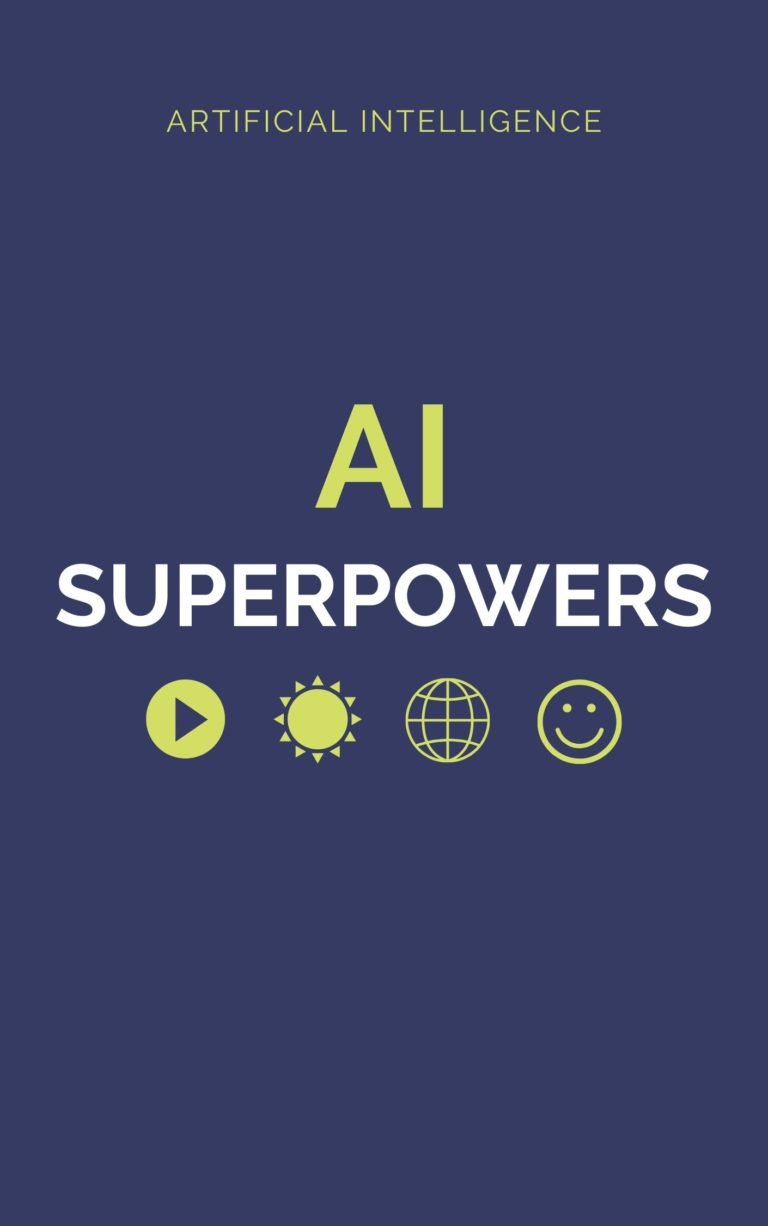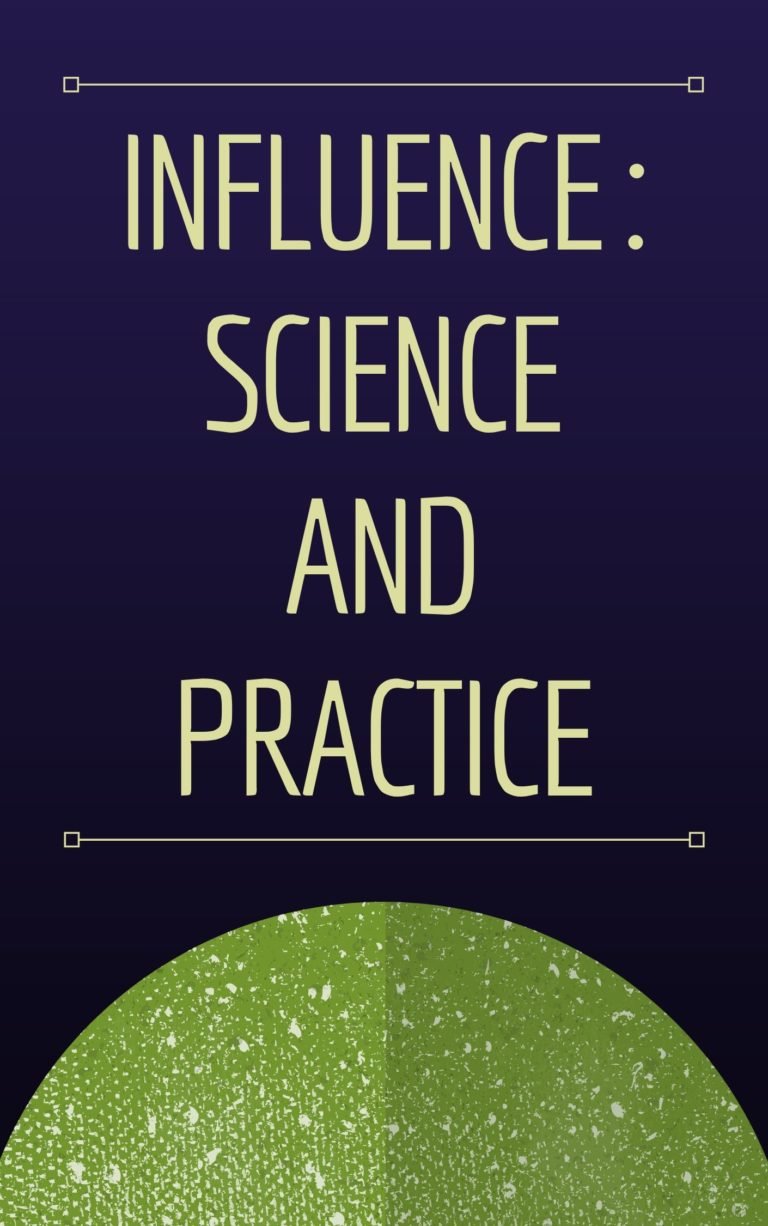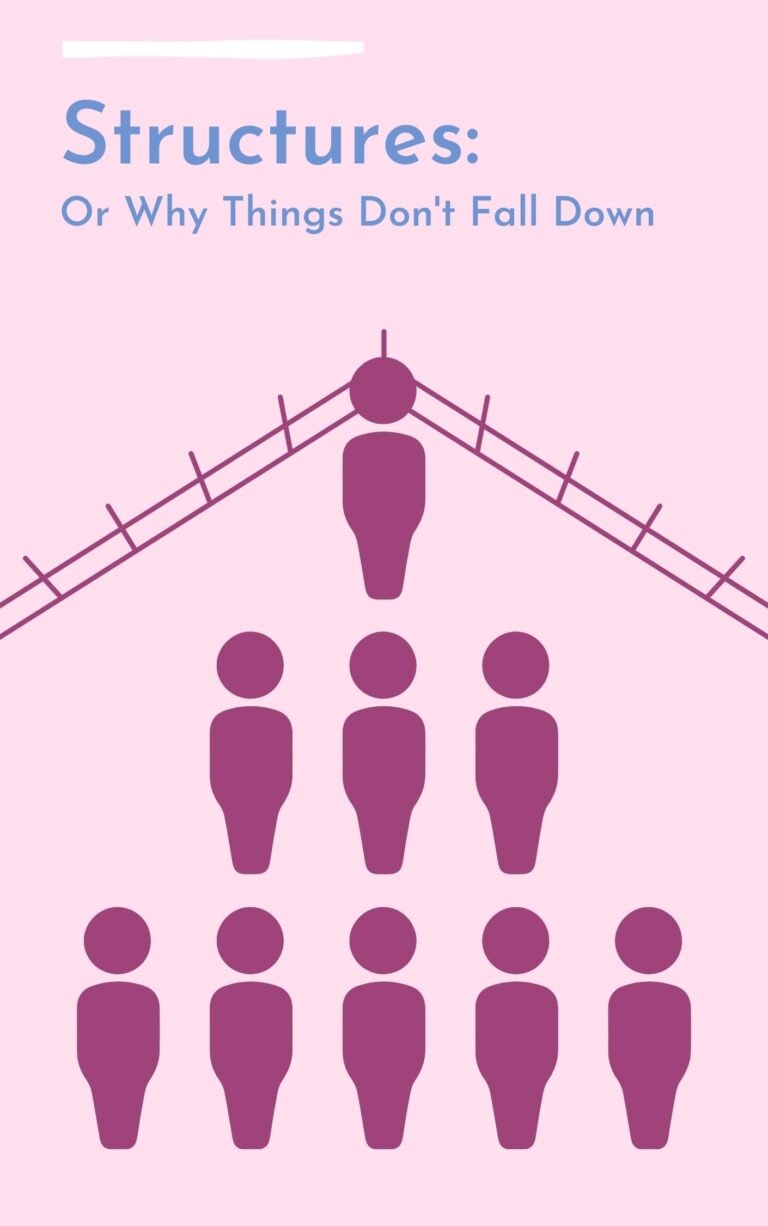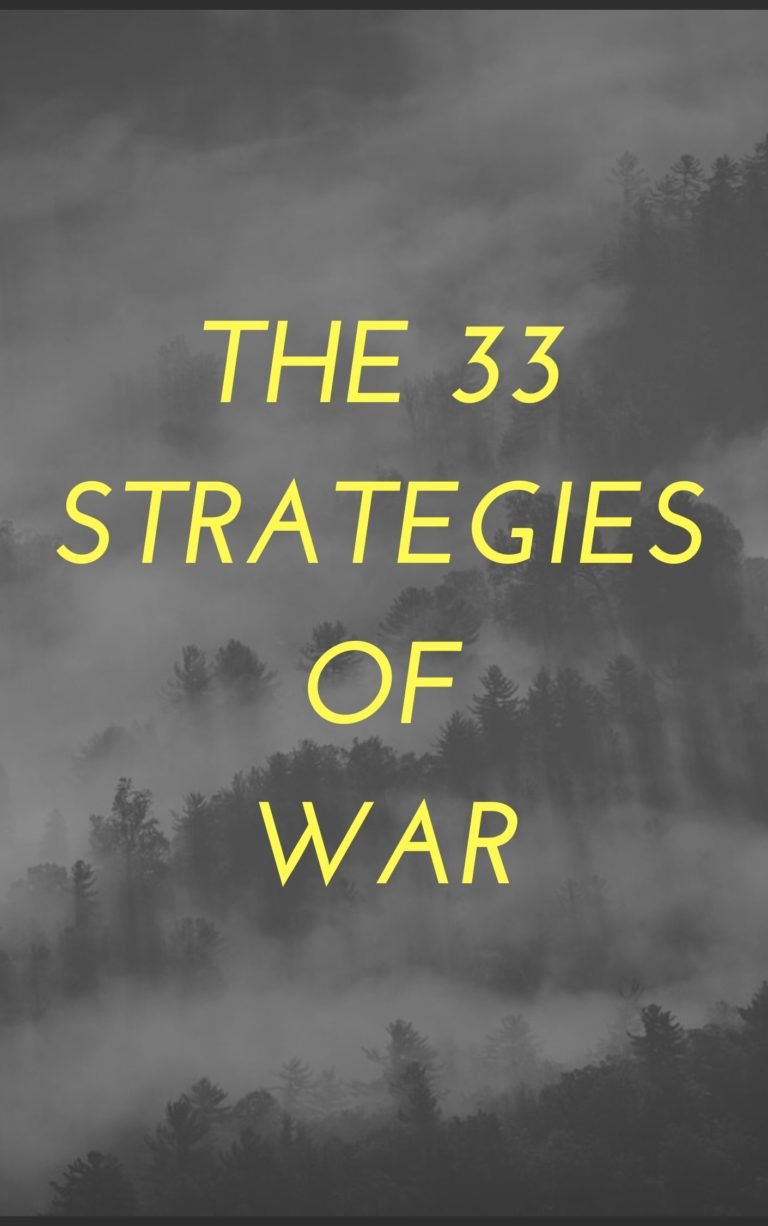Six Thinking Hats
Edward de Bono
Rating: 7.6
“An inspiring man with brilliant ideas. De Bono never ceases to amaze with his clarity of thought”
-Richard Branson
People are familiar with two types of challenges when they strive to resolve some problem or to overcome an unpleasant situation. You probably know the first obstacle already – The Ego. Don’t consider ego as something wrong; you should understand how your personality affects your decision-making ability.
It is composed of an ambition to succeed, to oppose someone or something, and to underline the mistakes made by other people out of confusion and misunderstanding.
The ego is a mix of emotions and phenomena which regularly judge other people based on their opinion, appearance, education creativity, intelligence, etc.
Sometimes for a person, it is better to disregard emotions like logic, hope, and creativity to cope with the difficulties of today. The “Six Thinking Hats” will help you to carry out meaningful analyses that will aid you in the managerial processes by focusing only on the most important issue of all.
The hats are reckoned as visualization tools that associate to each of our brain functions.
Transform your mindset completely – For instance, if a group of people at a meeting consistently criticizes and make negative comments about other members, you should advise them to remove those “black thinking hats.
These hats emphasized caution and risk analysis as their essential attributes; the “yellow ones,” signify hope, bliss, and optimism.
In general, it all depends on what you seek; it doesn’t matter whether you have superior or inferior egoic state of mind, what does matter is how you cope with life.
On account of prosperity, you should choose your hat and understand the benefits and disadvantages that any hat carries. Enter into the thinking process entirely, your appeal for a positive viewpoint will not threaten other person’s egos.
Simplify your life not just your thinking – It is so much better to focus on one thing at a time, the juggling thoughts are not helpful. Control your emotions and intuition for the benefit of peace and inner harmony.
According to Edward de Bono, people from all races, nationalities, cultures, and outlooks are invited to use his “Thinking Hats method. “It grants each person access to all sorts of information quickly and conveniently. De Bono’s visualization tools are not only helpful to deemphasize vanity but also, they point out a direction to one sporadic nonjudgmental decision-making approach.
You have probably heard that rationality confronts the creative hemisphere of human’s mind. Creativity is something profound which destroys the idea of a concept.
Thinking is also a changeable concept; occurs even in sleep mode. Edward de Bono educate individuals of the variable nature of things and their development.
All of the six hats represent a unique self-developed mindset. Mindsets are a dangerous phenomenon; they can be your best friend or your worst enemy. The shape of your world defines them and indicate the amount of collective opinion that dwells in you.
Contradictory attitude is not the solution, oppose the robotic methods, and fight for your business to reach a state of freedom and financial balance. The societal restraints are influential elements in the business community.
Therefore, the real struggle begins when you feel apt to the destroy these constraints once and for all.
You have the freedom to employ them in any order, but it is an imperative to start and end with the blue one.
Contents
Six Thinking Hats
White hat
A non-color illustrates an impartial state of mind. White hat way of thinking is realistic; it assimilates examples and information.
With this thinking hat, you focus on the available data. Look at the information that you have, analyze past trends, and see what you can learn from it. Look for gaps in your knowledge, and try to either fill them or take account of them.
Red hat
This method is opposite of the white one. Red is the color of creation, love, and perception. The “red hat” signifies the importance of feelings and how are they influencing our decisions.
“Wearing” the Red Hat, you look at problems using your intuition, gut reaction, and emotion. Also, think how others could react emotionally. Try to understand the responses of people who do not fully know your reasoning.
Black hat
Represents cautious mentality; this is the hat which is often overused. In the meantime, black hat has a task to recognize any potential difficulties and tries to avoid them.
Using Black Hat thinking, look at a decision’s potentially negative outcomes. Look at it cautiously and defensively. Try to see why it might not work. This is important because it highlights the weak points in a plan. It allows you to eliminate them, alter them, or prepare contingency plans to counter them.
Black Hat thinking helps to make your plans “tougher” and more resilient. It can also help you to spot fatal flaws and risks before you embark on a course of action. It’s one of the real benefits of this model, as many successful people get so used to thinking positively that they often cannot see problems in advance. This leaves them under-prepared for difficulties.
Yellow hat
100% symbolic of sunshine and brilliance; it also represents optimism. The yellow and black hat are balanced somehow.
This hat helps you to think positively. It is the optimistic viewpoint that helps you to see all the benefits of the decision and the value in it. Yellow Hat thinking helps you to keep going when everything looks gloomy and difficult.
Green hat
Manifests “productivity and growth.” If you feel creative, the “green hat” is the perfect fit for you.
The Green Hat represents creativity. This is where you develop creative solutions to a problem. It is a freewheeling way of thinking, in which there is little criticism of ideas.
Blue Hat
Blue indicates real authority. For instance, in a meeting, the “blue hat” emphasizes the group’s facilitator.
This hat represents process control. It’s the hat worn by people chairing meetings, for example. When facing difficulties because ideas are running dry, they may direct activity into Green Hat thinking. When contingency plans are needed, they will ask for Black Hat thinking.
Extra information
The coloured hats are used as metaphors for the various states of mind. Switching to a certain type of thinking is symbolized by wearing a coloured hat, literally or metaphorically. These six thinking hats metaphors provide a more complete and comprehensive segregation of the types of thinking than the prejudices that are inherent to the immediate thoughts of people. All these thinking hats help people to think more deeply about a certain topic.
Parallel thinking
In ordinary and unstructured thinking, this method seems unfocused. The thinker moves from critical thinking to neutrality, to optimism, etcetera, without structure or strategy. The process of the six thinking hats introduces the process of parallel thinking. Many people are used to ordinary thinking and they unconsciously navigate on their own habits. Sometimes these are effective and sometimes they are not. What is certain is that when people think in a group using their individual thoughts, they often fail to come to an agreement. As a consequence, there are no discussions.
The power of the ego and the identified preference for black hat thinking can lead to disastrous meetings. Even with courtesy and good manners and clear common objectives in cooperative thinking activities, people have a natural tendency for the so-called “spaghetti-thinking” in which one person is thinking about the advantages whereas another is considering the facts and so on. Edward de Bono’s six thinking hats prevent this, so that everybody shares each other’s opinions about the problems, advantages, facts, reducing distraction and supporting thought cross pollination. This will be accomplished because everyone will put on a hat together, for instance the white hat. After the attendants have expressed their thoughts in a round of discussion, they will put on the next hat. In this way all the attendants will think in the same way at the same time. The only exception is the facilitator, who will tend to keep the blue hat to ensure that the discussion will progress effectively.
Strategies and programmes
After the six types of thinking have been identified, different programmes can be created. These are sequences of hats that structure the thinking process towards a clear goal. A number of these goals have been included in the materials that support the franchise training of the six thinking hats method, however, it is often necessary to adapt these for individual purposes. Sequences always begin and end with a blue hat, the group agrees on how they will think together, then they do the thinking and finally they evaluate the outcomes of the thinking process and what to do next. Sequences (and indeed hats) may also be used by individuals who work alone or in groups.
The following division can be made:
- Initial Ideas – Blue, White, Green
- Choosing between alternatives – Blue, White, Green, Yellow, Black, Red
- Identification of solutions – Blue, White, Black, Green
- Fast Feedback – Blue, Black, Green, White
- Strategic planning – Blue, Yellow, Black, White
- Process improvement – Blue, White, Yellow, Black, Green, Red
- Problem-solving – Blue, White, Green, Red, Yellow, Black
- Performance assessment – Blue, Red, White, Yellow, Black, Green






